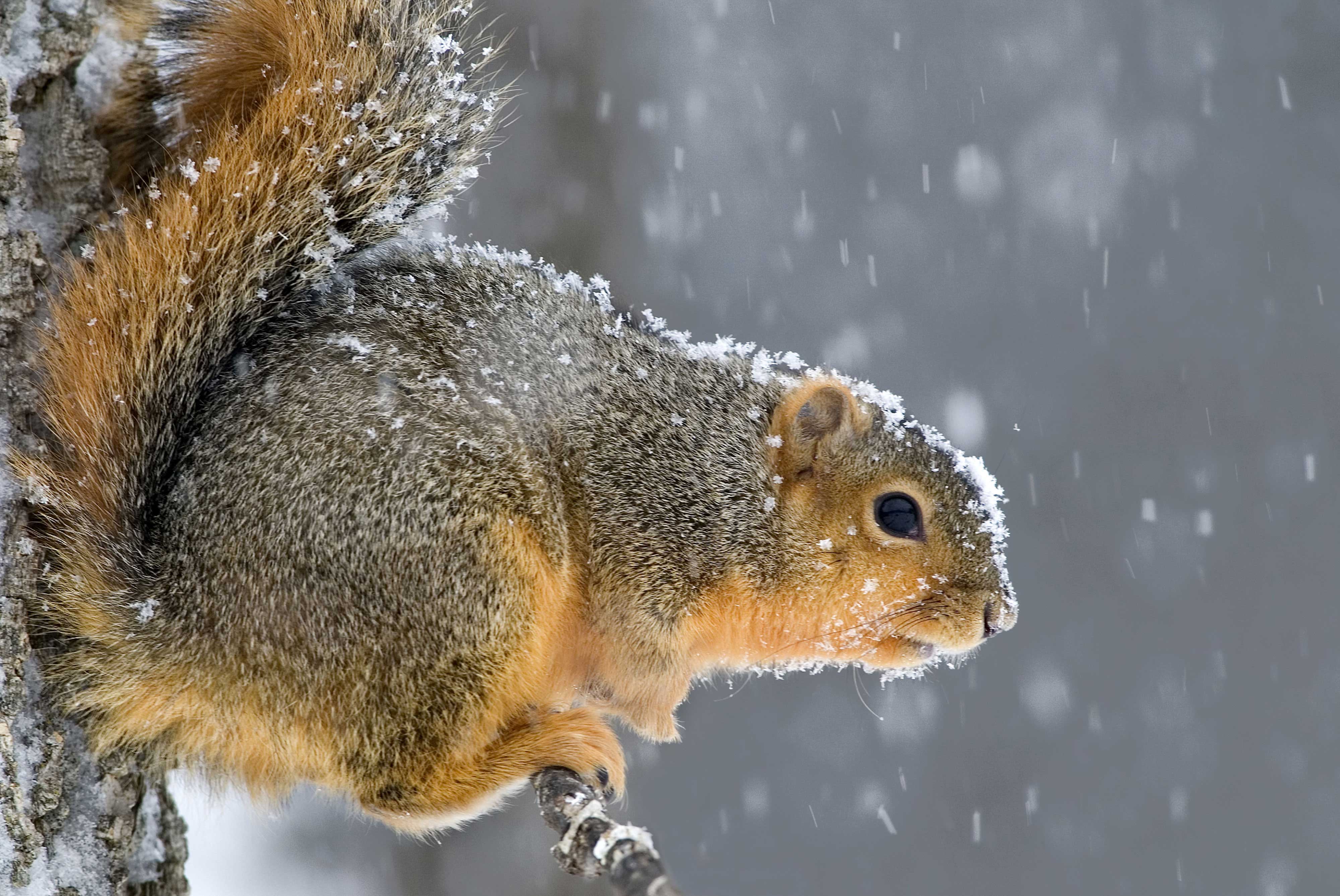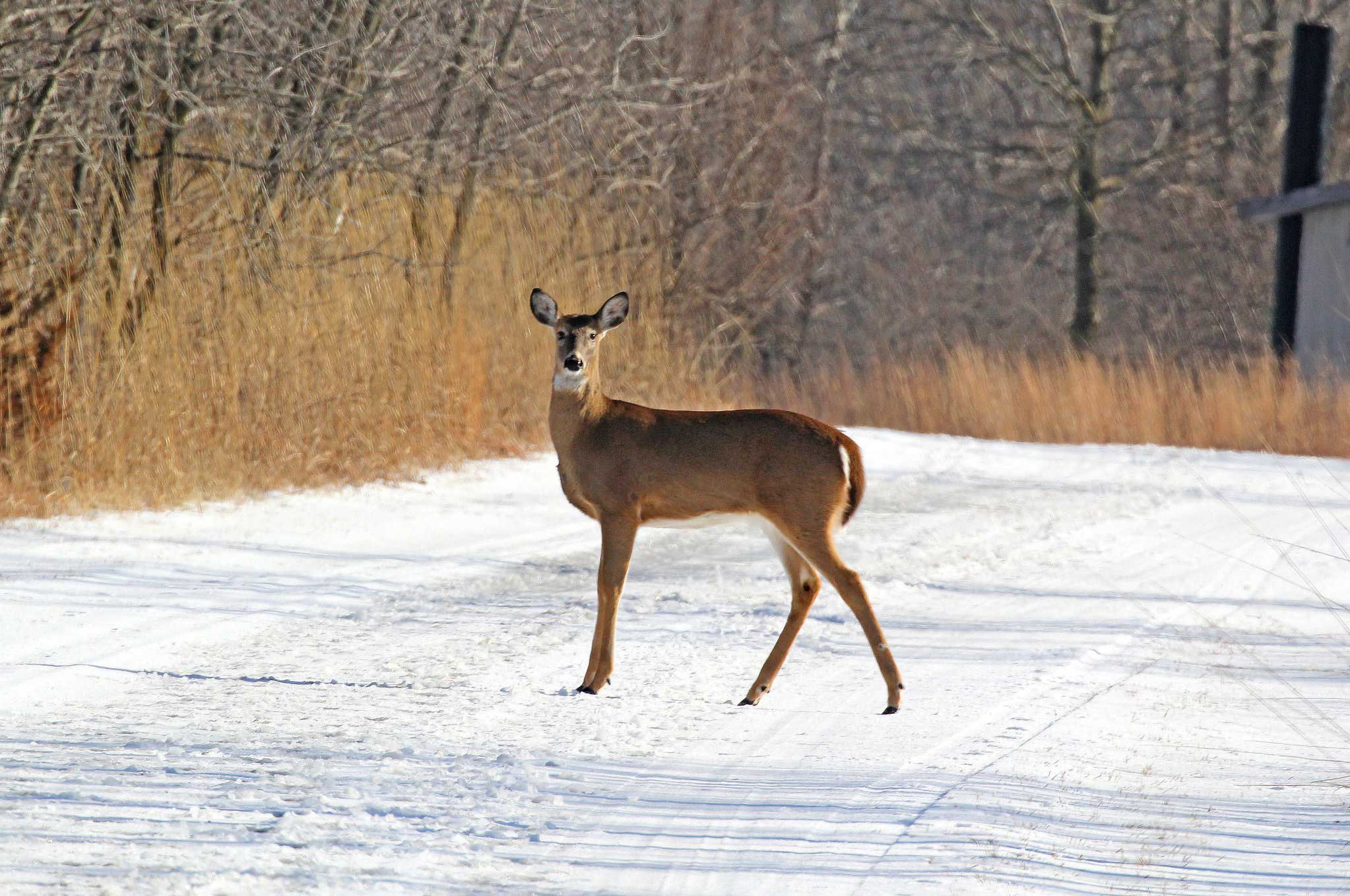These birds are tiny, usually weighing no more than half an ounce, but they are able to withstand everything winter throws at them because of two important biological adaptations, according to the National Wildlife Federation. First, they enter a state of hypothermia at night, which means they are able to lower their body temperature as a means to store energy. They also can regulate their metabolism, so the chickadees will increase their heat production when winter weather requires it.
Even their plumage helps them stay warm. Chickadees have a full coat of feathers, about half-an-inch thick, that provides good insulation from cold winter weather.
Of course, black-capped chickadees also have a few less biological means of making it through the winter. In the fall, they begin to store food for winter, according to the Cornell Lab of Ornithology. They also change their diet, eating more berries, seeds and even suet compared to their warm-weather diet of caterpillars and insects.
These chickadees certainly aren’t the only birds we see in winter. Plenty of birds remain in the area year-round and are active throughout the cold months. Others migrate south from Canada to spend their winters here. Take the dark-eyed junco. The juncos typically arrive in the eastern United States just as winter sets in, then take off for their breeding grounds in Canada before the first signs of spring, the Cornell Lab reports. For many birders, the arrival of the juncos means it’s officially winter.
Even some of the birds we associate with spring, like the American robin, are here all winter. We often consider the sight of a robin digging up worms a sign that spring has arrived, but the robins are here right now too. In the winter, though, these birds typically roost in trees, where they are less visible to us, according to the Cornell Lab.
White-tailed deer

)
)
)
)
)